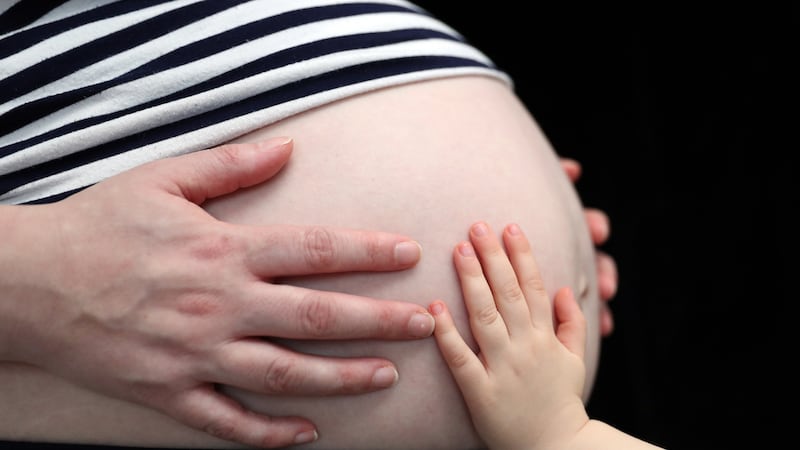A DOCTOR WRITES:There are clear lessons for mothers in the misdiagnosis of Melissa Redmond's baby
THE STORY of Melissa Redmond and the misdiagnosis of her baby, Michael’s, viability in early pregnancy will be of concern to women everywhere.
It is a fact that the diagnosis of miscarriage can be a difficult one in certain circumstances. There is no test in modern medical practice that is 100 per cent accurate.
About 20 per cent of confirmed pregnancies will end in miscarriage in the first 12 to 14 weeks. Most miscarriages are “one-offs”, with no negative implications for the chances of having a successful pregnancy in the future. However, about one in 100 women will experience recurrent miscarriage, defined as the loss of three or more consecutive pregnancies.
The first indication for most women that all is not well with their pregnancies is if a woman notices vaginal bleeding. This could represent a threatened miscarriage, where the foetus is still alive, or it may mean the miscarriage is complete. In some instances a miscarriage is over but is incomplete, meaning not all the products of conception have left the womb naturally. With the advent of advanced ultrasound, delayed or missed miscarriage – where the woman may not have experienced any symptoms – is more easily diagnosed.
Melissa Redmond had a history of four previous miscarriages, as well as two healthy children, before she became pregnant with Michael. Naturally, with such a history, she sought an early scan. This would have been carried out in the hospital’s Early Pregnancy Assessment Unit (EPAU) at about eight weeks’ gestation. The principal investigation is an ultrasound scan. Later in pregnancy, abdominal scans are used. The Association of Early Pregnancy Units in the UK has published guidelines for ultrasound scanning in pregnancy. “All scans should be performed by experienced personnel,” it states, adding that such personnel may be suitably trained radiographers or midwives, specialist radiologists or obstetricians “with appropriate experience and training in obstetric ultrasound”. It also recommends that all personnel undergo appropriate peer review.
The quality of the ultrasound equipment is obviously crucial. Much like TV and computer technology, the quality of images on an ultrasound screen will diminish with age. New technology increases accuracy and reduces the chance of a false negative test outcome, whereby a woman with a live foetus is wrongly told there is no sign of life inside her womb. Reports of a six-year-old and heavily used ultrasound machine being used to assess early pregnancy must be a cause for concern. And the revelation that it took six months to remove this machine from use after this critical incident is completely unacceptable.
Another valid question that must be asked is: did Our Lady of Lourdes Hospital offer Melissa Redmond the choice of expectant management? In other words, was the option of letting nature take its course discussed with her? In women suspected of having a non-viable pregnancy, this approach is successful in 50 out of 100 cases. In her case it would have had the advantage of avoiding surgical intervention, thereby increasing the chance of the original mistake being detected at her next visit.
Is it acceptable that the Drogheda hospital has yet to implement guidelines for the operation of its EPAU, some 11 months after the near miss with the Redmond pregnancy? What is the HSE doing to ensure that the assessment of early pregnancy in other units throughout the State is operating to an acceptable and uniform standard?
There are clear lessons for expectant mothers, and other patients, from Melissa Redmond’s commendable actions. Do not ignore your own instincts – and never be afraid to ask for a second medical opinion.













